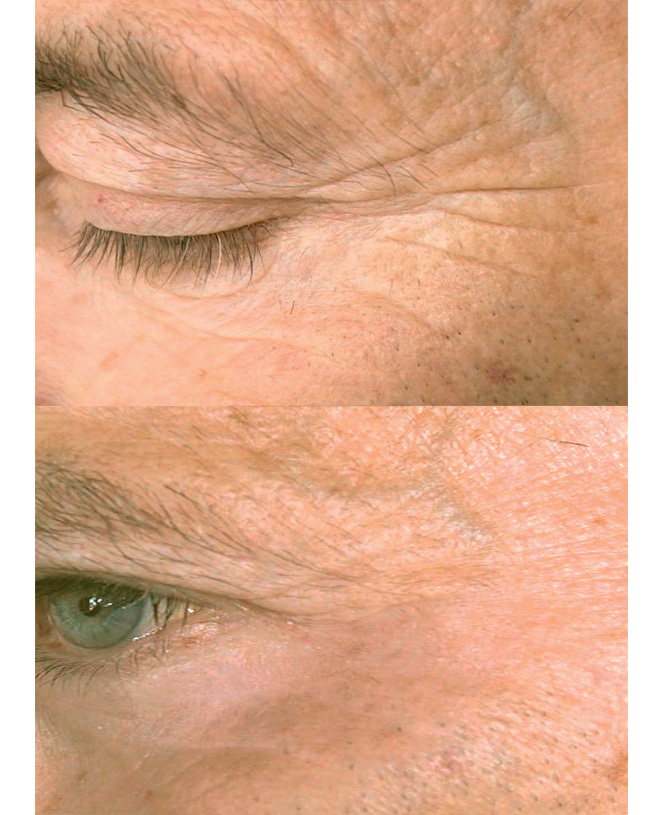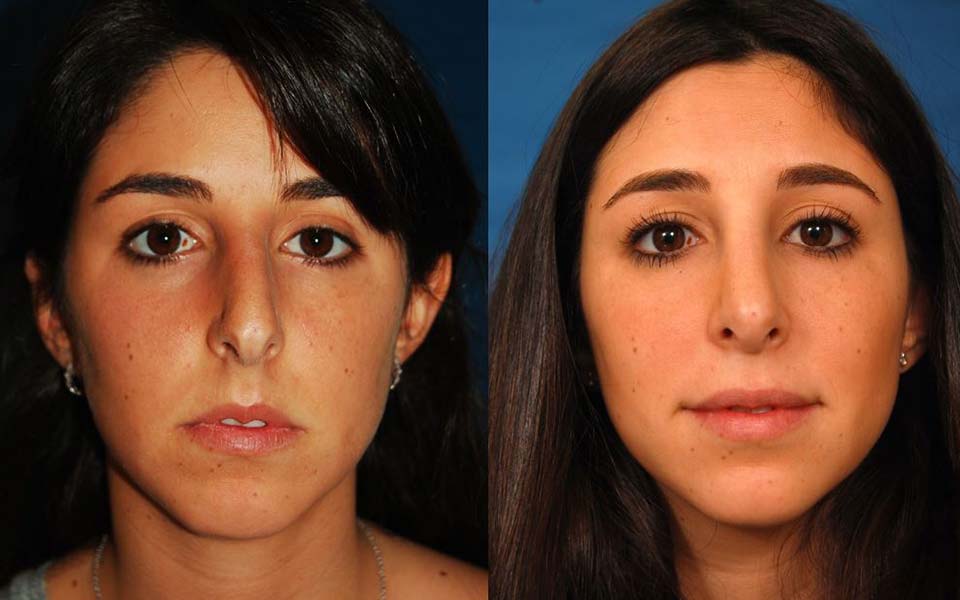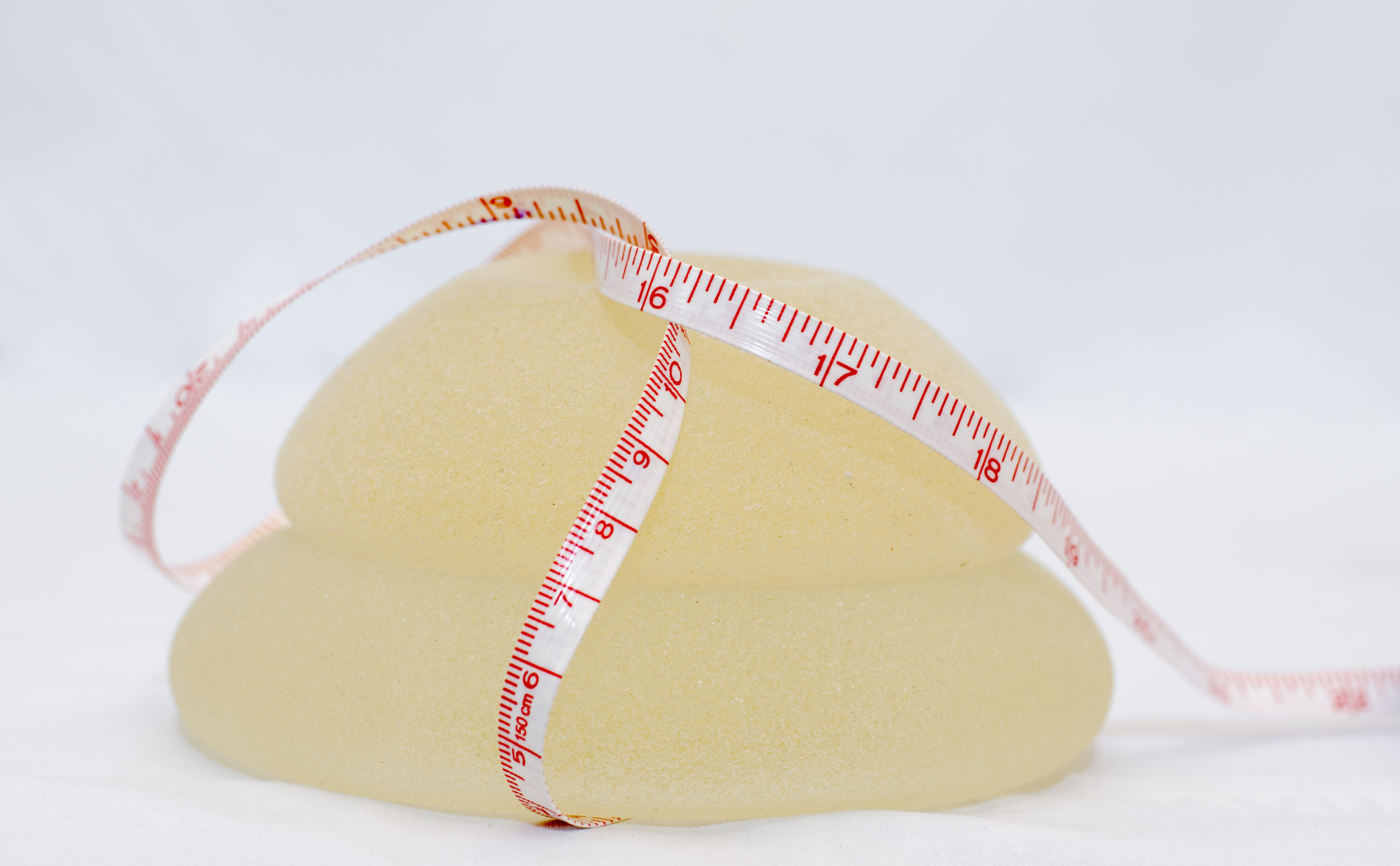
Are you interested in a new look? Then you might be curious about the results of the procedure's before-and-after. You'll find information about Endoscopic, One-stage, and Hairline lowering procedures. In addition, we will discuss the surgical incisions and recovery time. You should now be able make informed decisions about your cosmetic surgery. However, there are some things you should keep in mind before you schedule your surgery.
Endoscopic browlift
You might be curious about the recovery process if you are considering an endoscopic browlift. This procedure offers many advantages. After the procedure, you can return to work and normal activities in one to two weeks. Sometimes, the procedure can take weeks or even months. Here's some information about what to expect. In general, the healing process is much shorter after this procedure than with other plastic surgeries.
As a result of sunlight and gravity, the brows of patients naturally droop. As skin ages, the underlying support structures of the skin break down, resulting in a sagging appearance. These areas are more susceptible to lines and wrinkles. To avoid these problems, it is important to have a healthy, well-maintained eyebrow at rest. An ideal brow should be slightly higher in height than the inner. A good brow lift procedure will adjust the underlying muscle layers and tighten loose skin.

One-stage forehead/hairline reduction/sensitization procedure
A one-stage forehead or hairline reduction surgery can give you a natural look. While not every plastic surgeon offers this procedure, Dr. Aharonov is experienced in this procedure and has performed hundreds of them successfully. After a video consultation, Dr. Aharonov will examine your face and make recommendations based on your unique anatomy and desired outcome. If you are able, you may return to work the next day.
After a one-stage forehead/hairline reduction/hairline lowering procedure, there is usually a minimal amount of downtime. There is also a light compression dressing. While swelling and bruising may occur, it will usually be mild and temporary. Some patients may feel numbness around their hairline for several days. The area behind the hairline will feel numb for seven days.
Surgical incisions
Depending on the type and extent of surgery, incisions for forehead cosmetic surgery can vary. A forehead lift, for instance, requires an incision to expose the forehead skin and the muscles beneath it. Afterward, the excess skin is removed and the incision is closed with sutures, clips, or staples. Afterward, patients will be given bandages to wear to prevent infection and swelling.
For a foreheadlift, the most common procedure involves several small scalp incisions. Each of these is less that an inch long. The surgeon then uses an endoscope, a thin camera device attached to a television monitor, to view the muscles beneath the skin. After the underlying tissue has been removed, the eyebrows can be lifted using temporary fixation screws and sutures. These procedures are highly recommended for patients who want to minimize scarring.

Recovery time
To fully heal from forehead plastic surgeon, it will take around a week. Patients are advised not to bend over or lift anything heavy for at least two weeks, and should avoid hitting their heads with objects. Patients should avoid sleeping on their backs for at least a few days. Some people may feel tingling or numbness after surgery. It is best to avoid lifting large objects. Smokers should not lift objects, such as heavy suitcases and cars, because it can delay healing, increase the risk of complications, and cause more damage.
The amount of surgery performed will affect the extent of swelling. Swelling may occur on the cheeks and face as well as the eyelids. This is the body’s natural response to surgery and can peak between 2 and 3 days after surgery. After skin healing, swelling will decrease rapidly. Swelling can prevent a person from smiling, and can cause temporary eyelid discoloration.